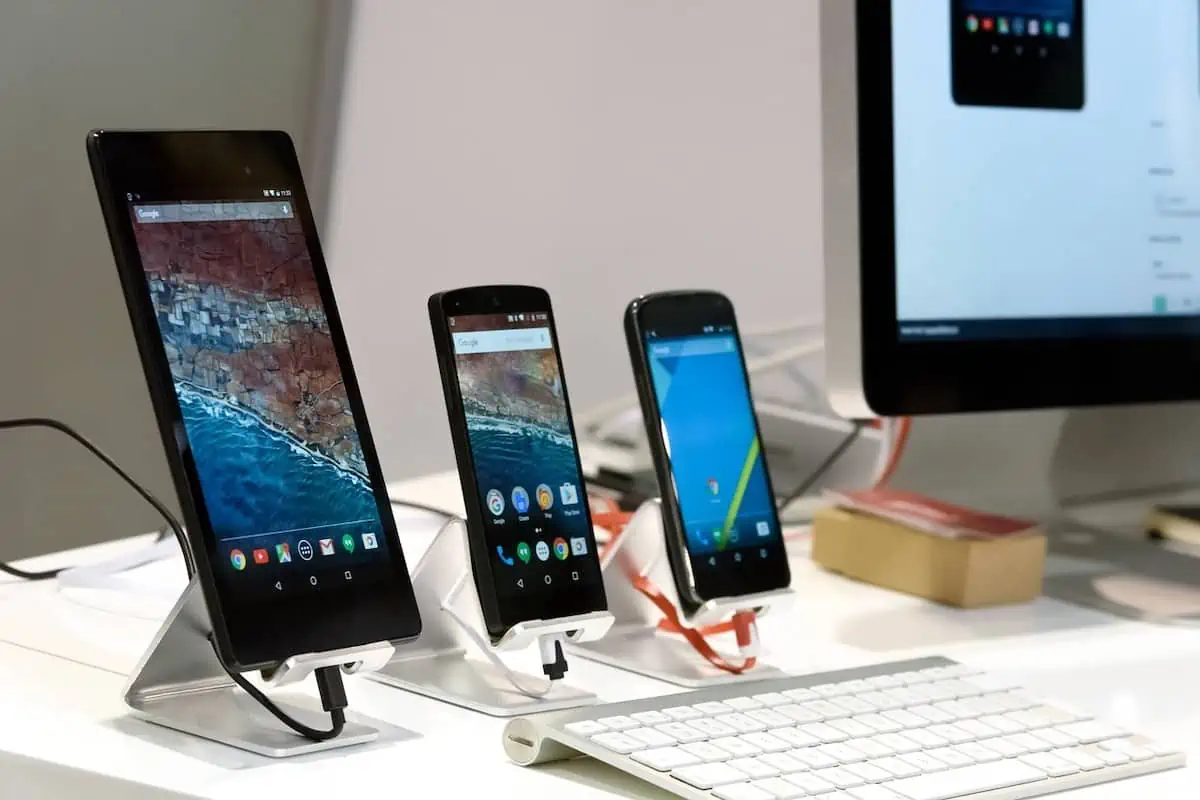Millions rely on mobile phones for everything from banking and shopping to entertainment and social media. However, with so many mobile apps available, developers face fierce competition to create functional, secure, and user-friendly apps.
That’s where mobile app testing comes in. In this blog, we’ll explore the top mobile app testing scenarios and provide tips on creating compelling testing scenarios using mobile test automation tools and other mobile testing tools, including cloud-based mobile app testing.
Top mobile app testing scenarios
Many different scenarios can impact the performance and functionality of a mobile app, but here are six of the most important ones to consider when testing:
Scenario 1: Login and authentication
One of the most common scenarios to test is the login and authentication process. This includes testing the functionality of username and password fields and any other authentication methods, such as biometric or multi-factor authentication.
Scenario 2: Network connectivity
Mobile apps rely on network connectivity to function correctly, so testing for different network conditions, such as 3G, 4G, and Wi-Fi, is essential. This can help identify potential issues with slow loading times, error messages, or timeouts.
Scenario 3: App performance and responsiveness
Users expect mobile apps to be fast and responsive, so testing for performance and responsiveness is crucial. This includes testing for load times, app crashes, and any delays or lagging in the user interface.
Scenario 4: Battery life
Mobile app testing should also include battery life testing, as many users are concerned about apps that drain their battery quickly. This can involve testing the app’s energy usage and any features impacting battery life, such as push notifications or location services.
Scenario 5: App updates and compatibility
Mobile apps are frequently updated, and testing for compatibility issues with different operating systems and devices is essential. This can help identify any problems with app updates, as well as any potential issues with app features on other devices.
Scenario 6: Security
Mobile apps often handle sensitive user data, so testing for security vulnerabilities such as SQL injection attacks, cross-site scripting (XSS) attacks, or other potential security threats is critical.
How to create compelling mobile app testing scenarios
Now that we’ve explored some top mobile app testing scenarios let’s look at how to create compelling testing scenarios. Here are five steps to follow:
Step 1: Define the objectives and requirements
The first step in creating compelling testing scenarios is to define the objectives and requirements of the app. This involves identifying the key features and functionalities of the app, as well as any potential risks or challenges.
Step 2: Identify the critical user flows and actions
The next step is to identify the critical user flows and actions users will likely take when using the app. This can help identify potential issues or bugs impacting the user experience.
Step 3: Create test cases for each scenario
Create test cases for each scenario based on the user flows and actions. These test cases should outline the steps to take, the expected results, and any potential issues to look out for.
Step 4: Prioritize scenarios based on risk and importance
Prioritize the scenarios based on the level of risk and importance. This can help ensure that the most critical techniques are tested first.
Step 5: Execute and report results
Execute the testing scenarios and report the results. This can involve using automated and manual testing tools to identify potential issues or bugs.
Best practices for mobile app testing scenarios
In addition to the steps above, there are several best practices to follow when testing mobile apps:
- Test on real devices: While testing on emulators can be helpful, testing on real devices is essential to get a better sense of how the app performs in real-world conditions.
- Test in different network conditions: Testing for other network conditions can help identify potential issues with slow loading times or timeouts. Testing in other network conditions can also help identify any potential security vulnerabilities.
- Use automation where possible: Automated testing can help save time and improve accuracy when testing for repetitive tasks. However, manual testing is still necessary to catch any potential issues that may be missed by automated testing.
- Collaborate with developers and other stakeholders: Testing should be collaborative between developers, testers, and other stakeholders. This can help identify potential issues early on and ensure the app meets the objectives and requirements.
- Continuously improve testing scenarios: Testing is an ongoing process, and it’s essential to constantly review and enhance testing scenarios based on user feedback and new features or updates.
Conclusion:
In today’s fast-paced mobile market, testing is critical in creating high-quality mobile apps that meet user expectations. Using mobile test automation tools and other mobile testing tools, including cloud-based mobile app testing, developers and testers can ensure that their apps are functional, secure, and user-friendly.
By prioritizing testing and following best practices, developers can create apps that provide a positive user experience and stand out in the crowded mobile market. So, whether you’re a mobile app developer or tester, remember that mobile app testing scenarios are crucial to creating successful mobile apps.

